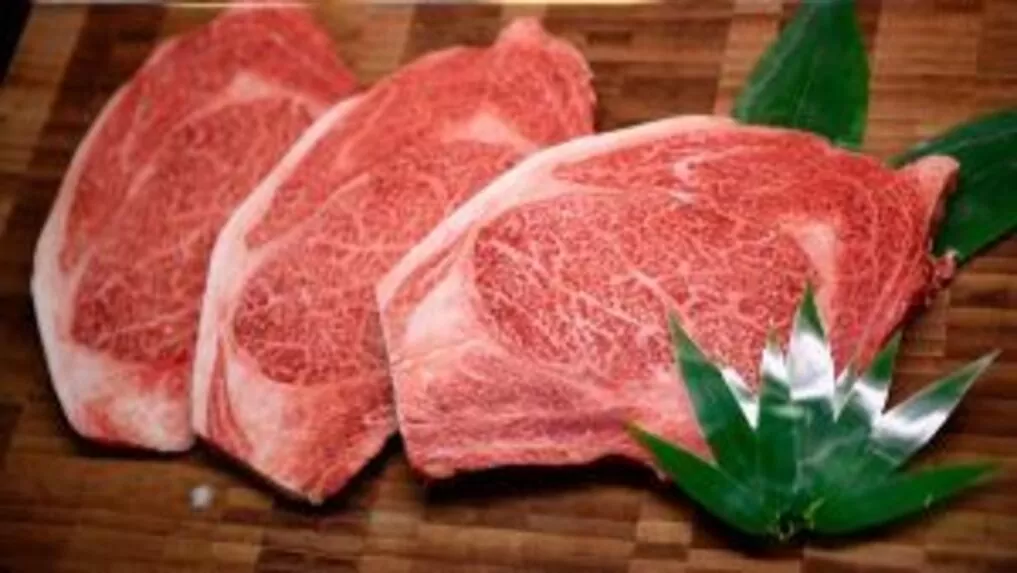Today we are going to continue our journey through the world of high quality meat. At Lume&Co we prepare a great variety of meat, carefully cooked by top chefs, because of our continuous concern about quality and commitment regarding our clients. Given that, we want to present you the meat that we use, among other interesting subjects, so as you could understand our business philosophy and what makes us who we are, these being: our unique selling proposition mixed with devoutness and responsibility that we owe to each and every customer of ours.

Wagyu – some facts
Wagyu is a highly prized meat because of its incredibly tenderness and because it has a buttery soft flavor. It’s all about the intense fat marbling in the meat, being the source of its rich taste. Always, a premium piece of Wagyu has to simply melt in your mouth. If you don’t believe us, come by and check it by your own! It will be our pleasure to make you a demonstration of it.
If we are to ask ourselves what represents that quite complicated name: Wagyu, well we are talking about a generic name for beef in Japan. Wa means Japanese, and Gyu, is the Japanese term for beef. Originally, four main breeds were used for Wagyu production in Japan: Japanese Polled, Japanese Black, Japanese Brown and Japanese Shorthorn. Hence, what we use nowadays for Wagyu meat is a cross between the native breeds, that are used in the agriculture sector) with imported breeds, such as: Brown Swiss, Devon, Simmental, Korean, Ayrshire and Shorthorn.

Why is Wagyu beef so special?
The rearing method is the one that makes this particular breed so remarkable: in Japan, but not only there, in order to qualify for the Wagyu mark, the cattle has to be reared and fed in accordance with specific instructions. For example, young Wagyu calves are fed a milk replacer by hand and they shall get jackets to wear when the weather gets cold. Moreover, they are kept on a strict diet of rice straws, whole crop silage and concentrate, and let to grow up to no more than 700 kg. This process lasts approximately three years, but for a normal beef this period goes on only for 14-15 months. Every cow has its own birth certificate, dwhere the bloodline is stated, so that every piece of Wagyu steak can be traced down.
Wagyu wouldn’t do so good as a steak
In Japan, Wagyu meat is eaten most commonly in dishes as Shabu Shabu or Sukiyaki, in which the beef is slimly sliced and cooked in a very short while. Due to the massive import that has begun since 2015, when there was a tremendous rush all over Europe to put this wonderful meat on every restaurant’s menu, many ways of cooking Wagyu were found, but not all of them are a fortunate choice. For example, a steak made out of wagyu meat might be very tender, but because of the high fat content, it could result to fatty to eat. Not to mention health issues implied.
Photo credits: snakeriverfarms.com, goldbely.com and npr.org




